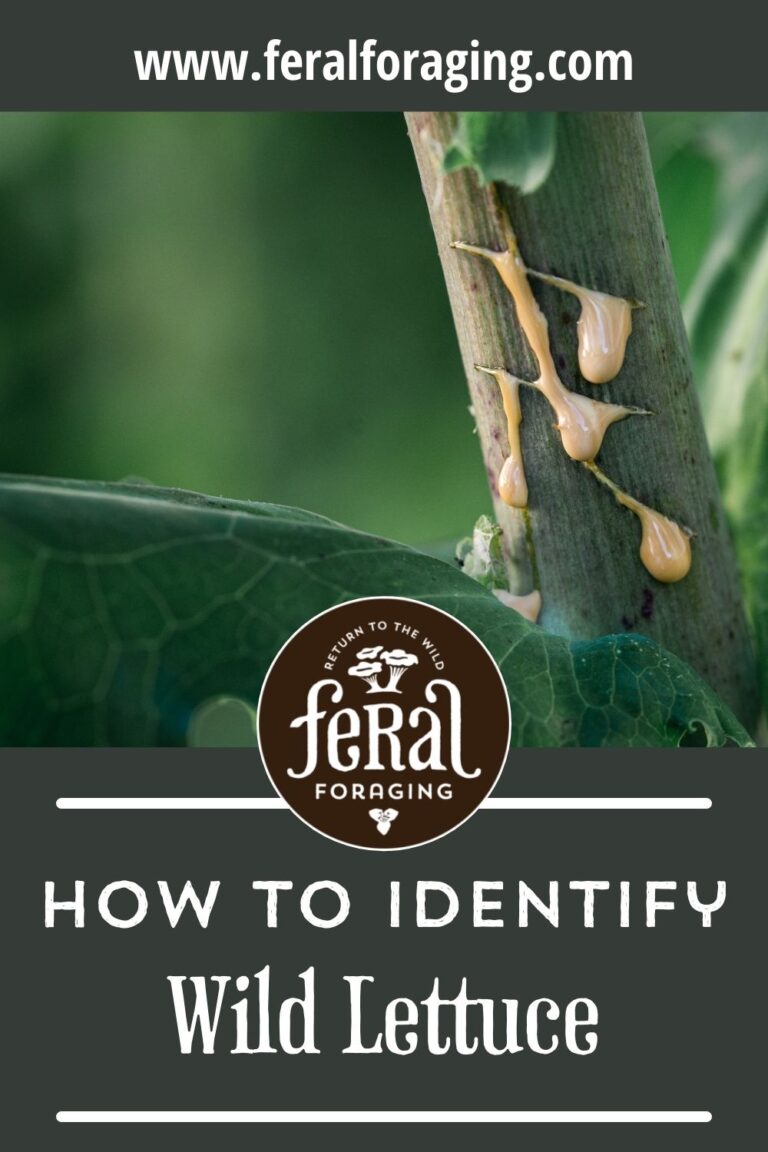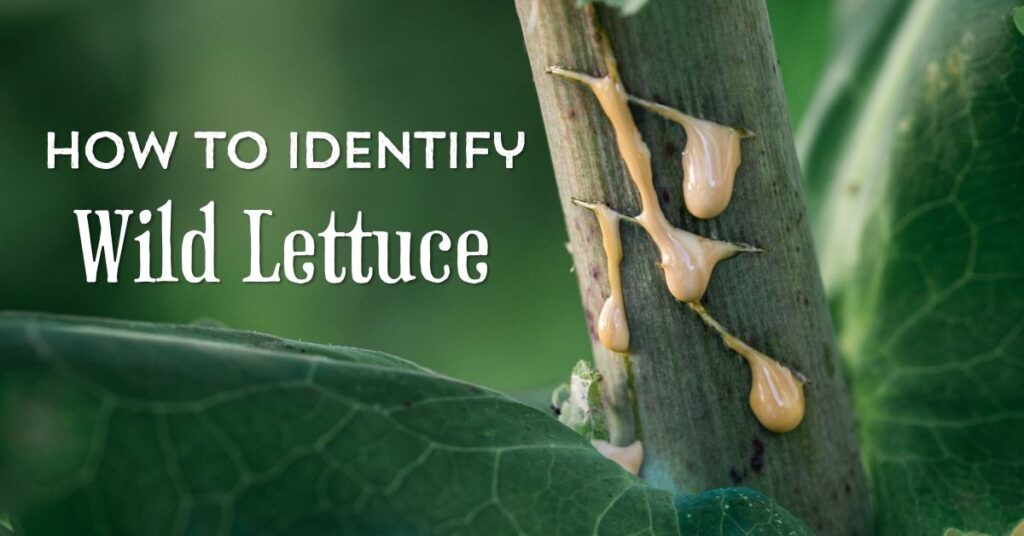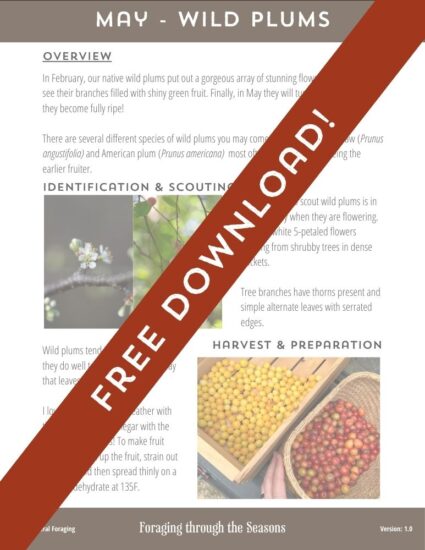Wild Lettuce Background
Wild lettuce (Lactuca) has several prominent historical medicinal uses in addition to being some species being choice edible greens! Many people seek this plant out in order to use it for medicinal purposes today. In order to accomplish this safely, we need to be able to positively identify wild lettuce.
The two species of wild lettuce that are mainly covered in this article are Canadian Wild Lettuce (Lactuca canadensis) and Prickly Lettuce or Wild “Opium” Lettuce (Lactuca serriola). The popular one that won’t be specifically covered is Lactuca virosa, however, the ID principles we will use apply across most of the genus. I hope you will find it helpful and be able to ID wild lettuce in the wild!
This article covers the characteristics of wild lettuce, wild lettuce look alikes (dandelion, sow thistle, and thistle) and also resources for how to use it.
If you are looking for a step-by-step guide on how to process wild lettuce into a concentrated extract, click here to read our in-depth article on extraction!
If you don’t have any wild lettuce to identify, click here to read our in-depth article on where to find wild lettuce.
Wild Lettuce Biology
Wild lettuce, Lactuca spp., are members of the Cichorieae tribe of the Asteraceae family. This tribe is home to plants like dandelion, sow thistle, wild lettuce, and of course, chicory and they can all look very similar!
Wild lettuce is a weedy biennial plant. Usually growing as a basal rosette in its year one growth, then sending up a stalk and flowering in its year two growth.
Wild lettuce and most of the other members of its tribe produce a white milky liquid called latex when cut, so the presence of this latex along does not distinguish wild lettuce from its cousins!
In this article, we will explore the details that do distinguish wild lettuce from its cousins!
Wild Lettuce Identification Details
Hair along the midrib
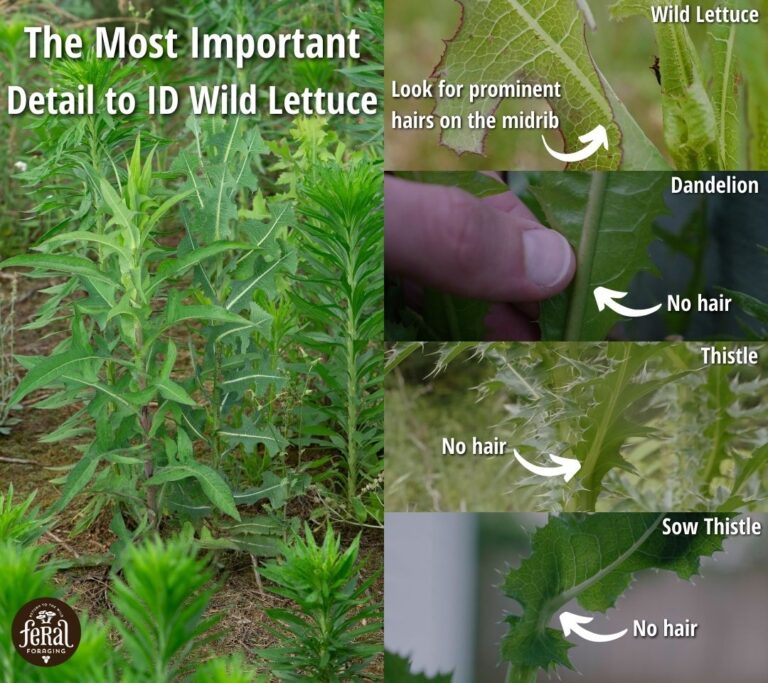
The above photo summarizes one of the important details shown in depth in the video. Looking for hairs along the underside of the midrib to point you towards a true wild lettuce (Lactuca) species. Using this detail will immediately help you to distinguish it from: dandelion, sow thistle, and thistle!
Young specimens that are in the basal rosette stage should nearly all have hair along the midrib. If a plant is in the bolted stage with a full stalk, you may find it more difficult to find hairs in some species, especially the top leaves. Look towards the bottom leaves of the stalk as some should still have hairs present.
Note: this works especially well with species like L. serriola, however with others such as L. canadensis finding the hairs may not be as consistent. The video explains further!
Shape of the Midrib
Another helpful distinguishing characteristic of wild lettuce species is the shape of their midrib when observed as a cross-section. In the photo below, we can clearly see that the wild lettuce specimen on the right side has a triangular cross-section, whereas the dandelion specimen on the left has an oval to circular cross-section.
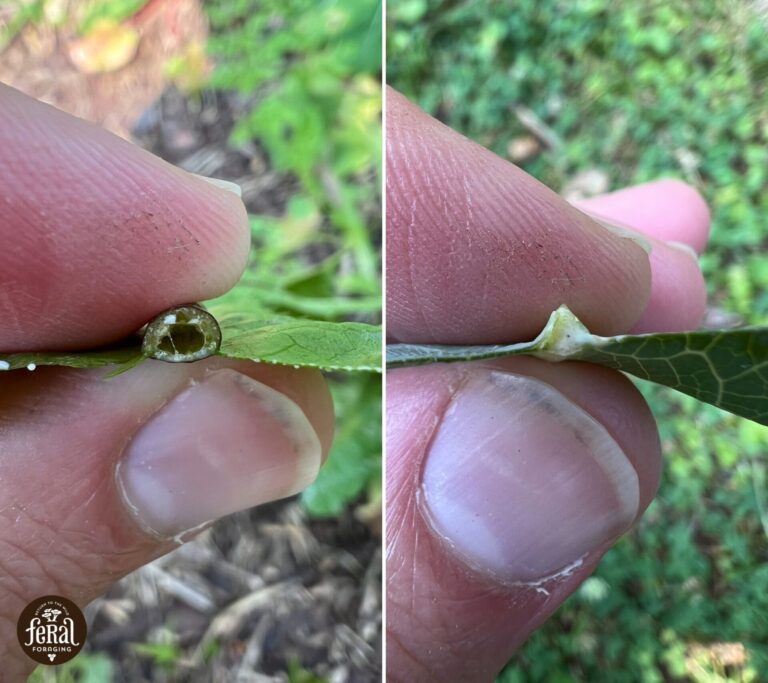
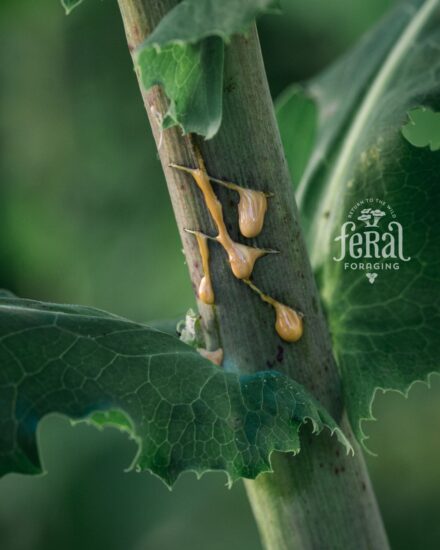
Wild Lettuce Identification Details Summarized
- Can grow as either a basal rosette or as a stalk (sometimes up to 3m tall)
- Simple leaves
- Leaves on stalk alternate and often clasping
- Exudes white milky latex (sometimes turning cream colored quickly)
- Has trichomes on the underside of each leaf along the midrib (some species like L. canadensis may not always have them on younger leaves on stalks)
- Midrib cross-section shape is triangular
- Flowers come in various colors (many species have yellow flowers)
- Member of the Asteraceae family – has composite flowers
Wild Lettuce Leaf Shape Variability
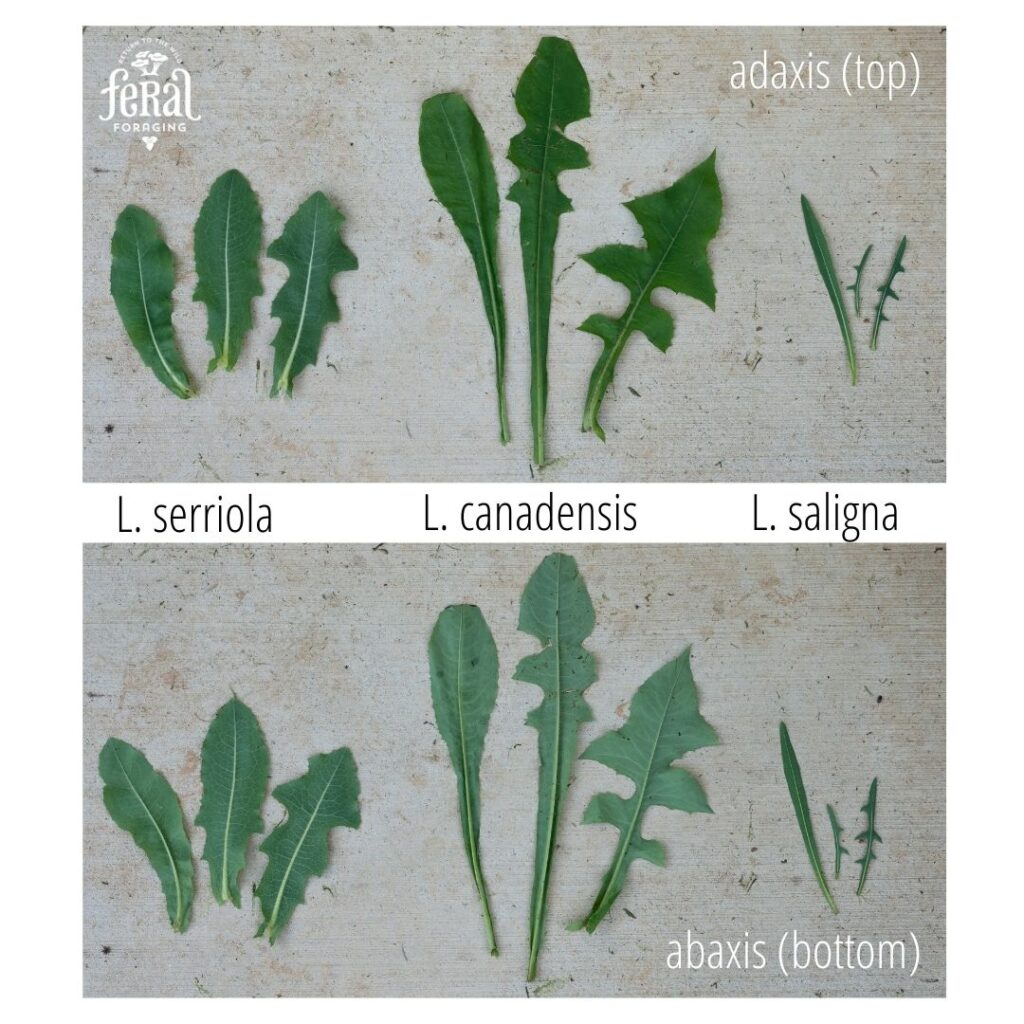
Please note that the shape of leaves of Lactuca species can vary greatly within each species themselves. The above photo shows examples of this phenomenon observed in the field. That is why using trichomes underneath the midrib will produce far greater consistency with identification than leaf shape.
Please feel free to leave your thoughts and feedback in the video on YouTube. We think you’ll find it helpful!
Get ID Help in our Online Group
We have a group where we send photos of our wild lettuce specimens for others to assist with identification as well as share general information on using wild lettuce and other wild herbs. This is a Discord server that is open to all! Click the button below to join.
Luckily, in my experience, there are not any poisonous lookalikes of wild lettuce, however what I think looks similar may be different from you so there is no substitute for being able to get a 100% positive identification!
Uses and Making Wild Lettuce Extract
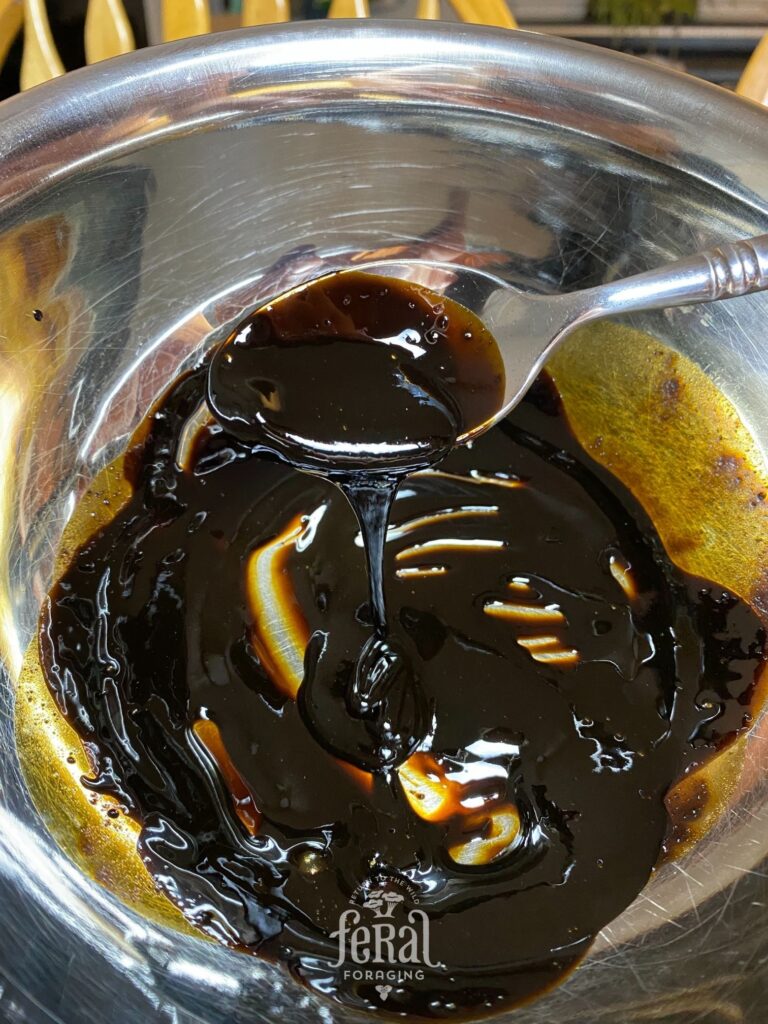
My favorite way to use wild lettuce is to make a concentrated water extract. I use the whole plant instead of tediously trying to isolate the latex. It has always worked well for me and I’d recommend you try it too! For a great video on this process, check out below!
Wild lettuce has been used traditionally as a pain killer and as a sleep aid.
Hopefully you have learned some new details and are more confident in IDing Wild Lettuce (Lactuca). If you have any questions. Please feel free to contact us!
